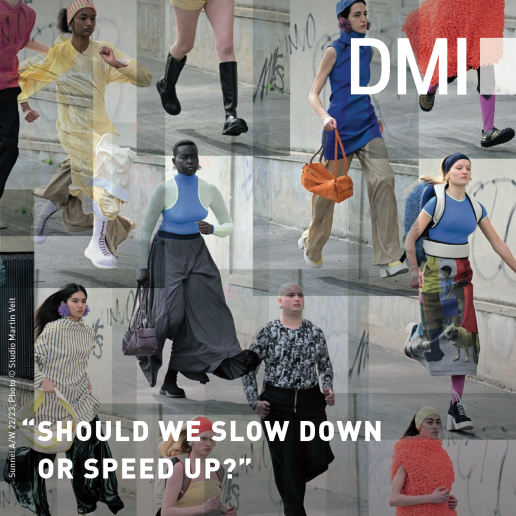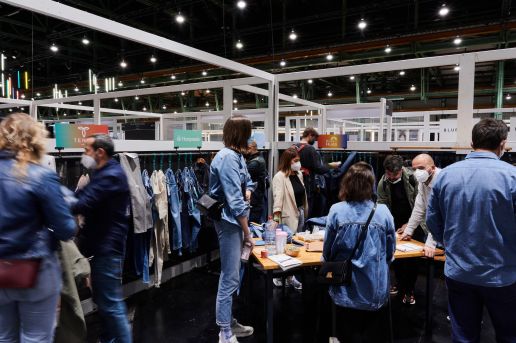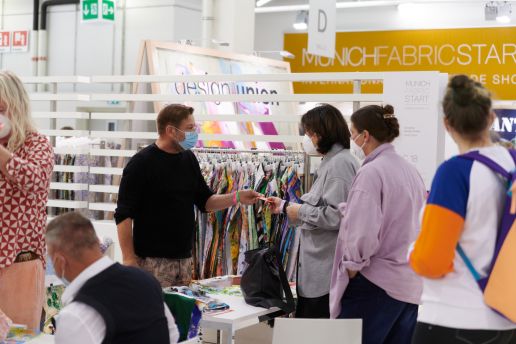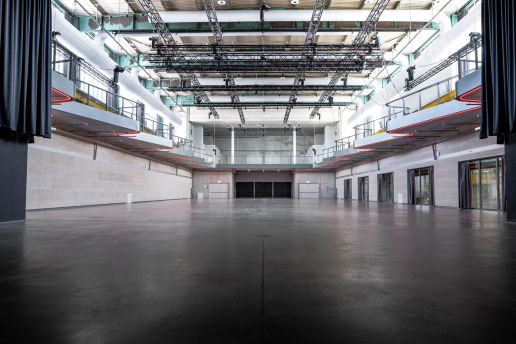Trend analyst Carl Tillessen not only observes; he anticipates. As a member of the management and chief analyst of the Deutsches Modeinstitut, he knows the textile and fashion to the smallest detail. Here he reveals the upheavals and trend changes that are in store for us.
How can you foresee which trends will develop?
What role does culture play, do current events play?
As part of an association of the most important trend institutions in the world, DMI always sets the key directions for a season two and a half years in advance. To think that far ahead, it is not enough to sell people something as a trend that is already visible in Milan, Paris and New York. You have to recognise trends before they become visible. Let me explain it this way: A bad trend analyst and a good trend analyst go to a bar. They see that the guests are nibbling salty biscuits. The bad trend analyst says: ‘People are eating savoury biscuits. We need savoury biscuits.’ The good trend analyst says, ‘People will get thirsty soon. We need drinks.’
Are people consuming more again right now? If so, why? Does compensation (e.g. for the time lost during the pandemic years) play a role?
Yes and no: No, little is being consumed at the moment. Yes, compensation plays a big role. Before the pandemic, people had increasingly spent money on experiences and less on things. Then the pandemic came and many experiences were not possible or not allowed. So people spent more money on things again. Accordingly, retail sales in the last two years have been much higher than before Corona. Now people are trying to make up in one summer for everything that was cancelled in the last two summers – trips, weddings, festivals, concerts … That costs a lot of money. And this money is missing from the shopping budget.

Carl Tillessen
In view of the very contradictory developments – sustainability and minimalism on the one hand, hedonism and expression through consumption on the other – what forecast would you make for the next few years?
The pandemic has polarised our society in this respect as well. While the majority of people simply wanted their old lives back and to continue exactly where they left off, it became apparent after only a few weeks that the powerful cultural elite took the sitting-at-home-and-cleaning-out-the-closet as an opportunity to rethink their overconsumption and to make a resolution to live more frugally after the pandemic. This idea of consumerism is now in the world, and it is only a matter of time before it becomes mainstream.
What are the challenges and opportunities ahead for the industry?
So far, fashion companies have been able to answer the demand for more sustainability with a more sustainable quality of their products. They replaced cotton with organic cotton, for example, and customers simply bought the same thing in green. But now customers are additionally questioning the quantities. It is less and less about what they want to buy and more about how much they want to buy. Adapting to this new situation is currently the big challenge and opportunity for the industry.
Do your trend analyses differ for the different price segments?
Yes, also. But due to people’s hybrid consumption, this is becoming less and less important. Luxury fashion is increasingly being bought by people who can’t actually afford it, and cheap fashion is also being bought by people who don’t actually need it. In this respect, buying decisions are determined much less by how much someone earns than by what style world they want to live in.
What long-term changes do you see in the next few years?
We are actually just at the end of a macro trend and the beginning of a new one. It’s about more than just a fashion variant. It’s about a new style, a new music direction, a new attitude to life. The twenties are taking shape. But more on that elsewhere.
Get informed & inspired at the MUNICH FABRIC START at DMI:
Get informed & inspired at the MUNICH FABRIC START at DMI:

TREND LECTURE: Should we slow down or speed up?
Wednesday, 31 August 2022 from 4:00 – 5:00 pm
in room K1 in front of Hall 1, MOC
TREND BRIEFING:
Ask our analysts in a personal conversation specifically about impulses, colours and materials that are relevant for your products,
your target group and your brand essence.
Tuesday, 30 August from 9:30 am to 6:30 pm
Wednesday, 31 August from 9:30 am to 3:00 pm




